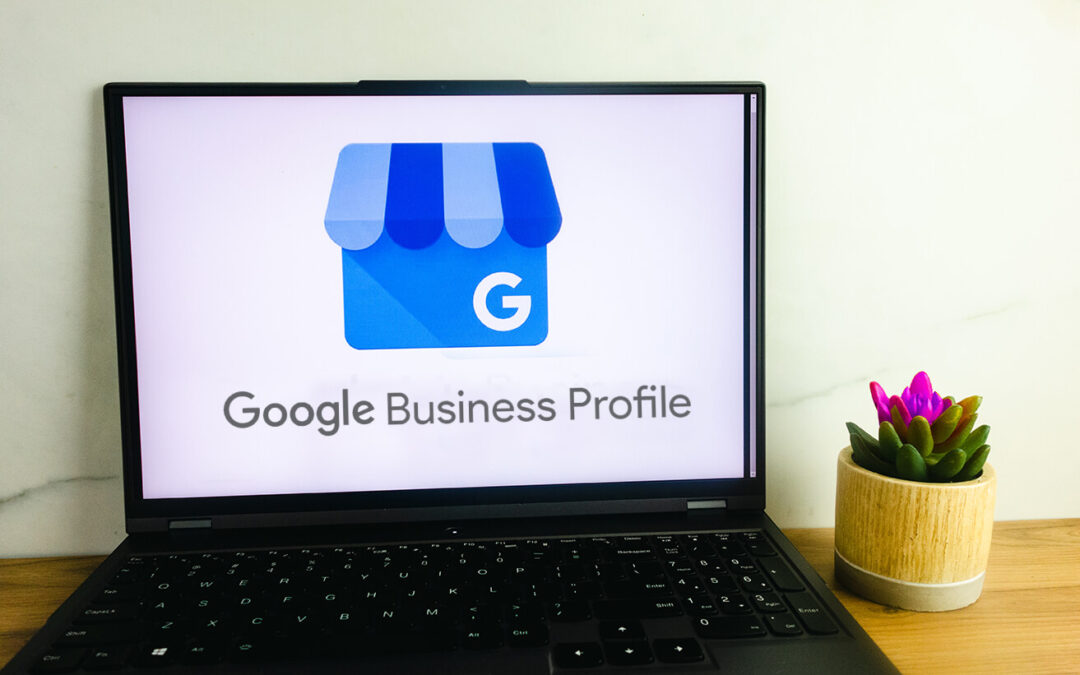Email campaigns are an incredibly powerful strategy for building relationships with customers, generating leads, and increasing sales. However, it’s important to implement email marketing best practices in order to maximize the potential of your campaigns and get the most out of your email marketing efforts. In this blog post, we will go over some key tips for creating successful and effective email marketing campaigns that are sure to get results.
Personalize your emails
Personalizing email campaigns is an essential part of effective digital marketing. It helps build trust in your brand, as customers feel that you are directly addressing them rather than sending out generic emails. It can also increase click-through rates and improve engagement, as customers are more likely to open emails with content they feel is relevant to them. Additionally, personalization can lead to better customer retention and loyalty, as emails that feel more personal will make customers feel valued. By utilizing personalized campaigns, marketers can create more intimate relationships with their customers and make sure their message stands out from the crowd.
Keep your email content clear and concise
Keeping email campaign content clear and concise is of utmost importance for effective digital marketing. Long, complicated sentences can be hard to understand and make readers lose interest quickly. By keeping emails concise and making sure your message is direct, you are more likely to capture the attention of recipients and maintain it throughout their reading experience. Short, direct phrases also allow for a better user experience as customers don’t have to strain to read through long blocks of text. Utilizing clear, concise language in email marketing will help ensure your message is delivered effectively.
Include a call-to-action in every email
Including a call to action in every email is an essential part of effective digital marketing. The CTA, or call to action, tells the reader what you want them to do next and encourages them to take action. This can help increase click-through rates and conversions, as customers are more likely to follow your direction when it is explicitly stated. Additionally, including a CTA helps create a clear path for the customer journey, leaving little room for confusion regarding what action needs to be taken. By including a call to action in all emails sent out, marketers can ensure their message is not only being heard but acted on as well.
Test different subject lines
Testing different subject lines is a great way for marketers to increase open rates and ultimately get more people to engage with their email campaigns. Different subject lines can have an impact on how readers perceive the message and its relevance to them. By testing multiple variations of subject lines, marketers can identify which versions are most likely to garner attention and thus improve open rates. Additionally, testing subject lines allows marketers to optimize their campaigns, as they can determine which subject lines result in higher click-through rates, conversion rates, and overall engagement. Testing different subject lines is a must for any email marketing campaign that’s looking for success.
Analyze your results
Reviewing analytics is key for email marketers looking to get the most out of their campaigns. Analyzing data such as open rates, click-through rates, and bounce rates can provide invaluable insights into how successful a campaign is performing. With this information, marketers can gain insights that empower them to do more of what works and less of what doesn’t, continuously optimizing their emails to achieve better results. Additionally, reviewing analytics can help email marketers identify potential issues such as deliverability problems that may be causing low engagement or even getting messages flagged as spam. This can be immensely useful in ensuring that emails are reaching their intended recipients and achieving the desired outcomes.
Automate when possible
Automation is an extremely helpful tool for email marketers that can save time, money and energy. Automation allows marketers to set up campaigns in advance so they can be sent out according to their schedule without needing to manually send out each email. It also eliminates the need to manually segment lists, allowing marketers to target audiences more efficiently. Additionally, automation can provide useful data about how well campaigns are performing, allowing marketers to adjust their strategy accordingly. This makes automation a must-have for any marketer looking to maximize their efficiency and get the most out of their emails.
Make campaigns mobile-friendly
Mobile-friendliness is essential for email marketers wanting to maximize the success of their campaigns. As more people use their mobile devices to access emails, it is critical that marketers ensure their messages and designs are optimized for mobile devices. This includes ensuring the content fits within the confines of a smaller screen and using buttons and links that are easily tapped with a finger or thumb. Additionally, images should be compressed for quicker loading times on mobile networks. Ensuring campaigns are mobile-friendly will help increase engagement and make sure all recipients have a positive experience when viewing your emails.
Use list segmentation
Segmenting mailing lists offers numerous benefits to email marketers, helping them reach their desired audiences more effectively. Segmentation allows marketers to target their emails to specific groups of recipients based on different criteria such as age, gender or location. This means they can tailor content and campaigns based on the preferences of each group, increasing the chances of engagement with their target audience. Additionally, segmentation ensures that emails are sent to those who are more likely to be interested in the messages and helps prevent spam filters from blocking campaigns due to irrelevant content. Segmenting mailing lists is a great way for email marketers to ensure their messages reach the right people.
Make sure content is compliant with applicable regulations
Staying compliant with CASL, CAN-SPAM, and/or GDPR is as (if not more so) important as the email marketing best practices above for email marketers wanting to ensure the success of their campaigns. CASL, also known as Canada’s Anti-Spam Legislation, is designed to protect individuals from unwanted commercial electronic messages and help combat spam. CAN-SPAM is the US equivalent (more or less) of CASL. GDPR, or the General Data Protection Regulation, is designed to give European citizens control over their personal data. By ensuring campaigns are compliant with these laws, email marketers can protect the privacy of their recipients and limit the risk of complaints or penalties for breaking the law. Following CASL and GDPR guidelines allows marketers to continue using email marketing practices without any legal issues.
By following the tips outlined in this blog post, you should be able to create highly effective email marketing campaigns that drive results. Ultimately, success with email marketing comes down to having a clear strategy, using quality content and data, and keeping up with best practices to ensure compliance. Keeping up-to-date with industry trends will also help you stay ahead of your competition. With the right approach and tactics, your email marketing efforts will reach new heights of success.





